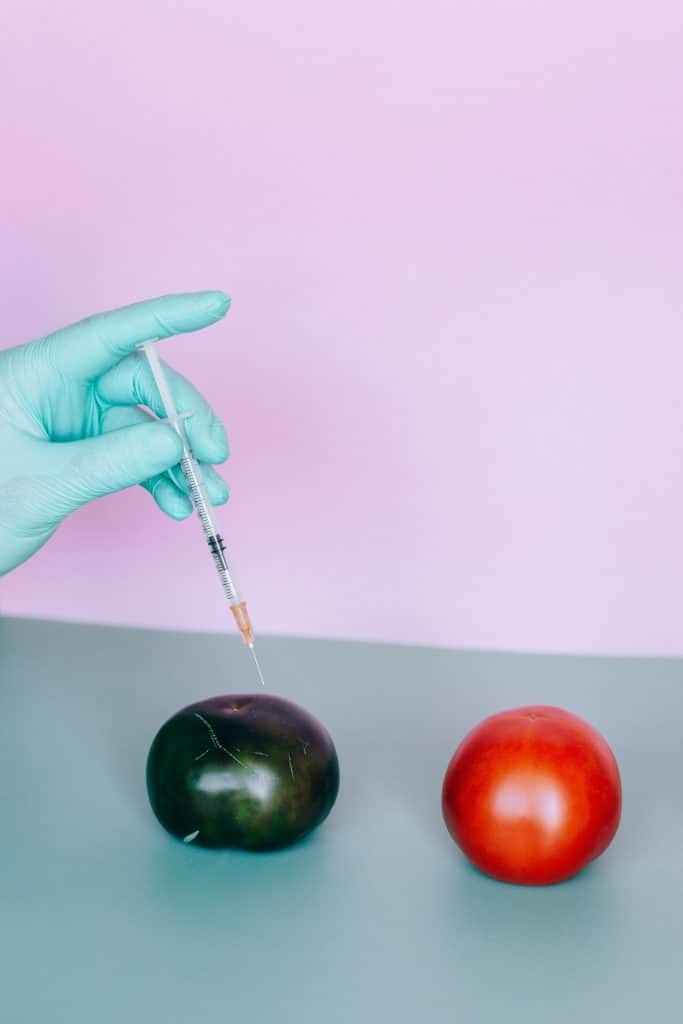Testosterone replacement therapy is done to restore the testosterone levels in men. It is referred to as hormone replacement therapy. Testosterone is a hormone in men that is produced in the testicles and helps to maintain sex drive, bone density, facial and body hair, sperm production, fat distribution, and red blood cells production. Testosterone levels are highest during adolescence and early stages of adulthood. The levels decline gradually as men age at around 30-40 years.
Testosterone in men may decline due to two reasons. First, it may be due to health conditions that have an effect on the testicles eg cancer, infection, and injury. The disease that results from low levels of testosterone is called hypogonadism. This condition prevents testosterone production by affecting the testicles and pituitary glands. Secondly, it may be as a result of natural decline as a man ages i.e. when men reach 30, they may start experiencing testosterone reduction. Low testosterone levels are considered normal but to some men, it may be extremely abnormal levels hence require replacement.
According to an article on numan, decline testosterone levels can lead to symptoms such as reduced sexual desire with few erections that happen spontaneously, physical changes such as decreased muscle strength and mass, increased body fat, swollen and tender breasts, hair loss, fatigue, osteoporosis, emotional changes that lead to reduced motivation and self-esteem eg depression, and infertility. These symptoms can be a result of the side effects of the therapy, thyroid problems, diabetes, and obstructive sleep apnea. Hormone replacement therapy is administered to reverse the lowered testosterone levels in men. The therapy can be recommended to various people with the problem. Both healthy and aging men without hypogonadism diagnosis can be prescribed for testosterone replenishment on showing symptoms. Very high levels of testosterone on the other hand can also cause side effects such as the risk of stroke, infertility, enlarged breasts, and enlarged prostate.
There are several ways in which testosterone replacement can be administered. Testosterone can be taken in gels, intramuscular injections, patches, and topical creams. The method used for administration depends on one’s lifestyle and the type of medical need. It can also be taken orally while being monitored to prevent it from being too high. Hormone replacement therapy is meant to induce and maintain secondary characteristics and to correct the symptoms and side effects arising due to low testosterone levels. Testosterone therapy can have some effects when used to prevent normal aging. It worsens sleep obstruction a disorder that causes abrupt stop and start of breathing, promotion of prostate cancer growth, stimulated overproduction of red blood cells increasing blood clotting risks, and reduction in sperm production or testicle shrinkage.

Hypogonadism can be diagnosed as primary or secondary hypogonadism. Abnormalities in testicular levels should be diagnosed, treated, and monitored. Hypogonadism causes testis failure hence reduced production of testosterone concentration and affect the normal number of spermatozoa. It can result from either defect that causes a change in the testis or the hypothalamus. Primary hypogonadism is a result of low T levels, raised gonadotropin levels, or impaired spermatogenesis. Causes of primary hypogonadism include trauma, HIV infection, cancer chemotherapy, myotonic dystrophy, testes exposure to radiation, and infectious orchitis. Secondary hypogonadism is due to low T levels, low or unsuitably normal gonadotropin levels, and spermatogenesis impairment. It is caused by severe obesity, androgenic anabolic steroid withdrawal, hypothalamic tumours, pituitary tumour, and surgery and deprivation therapy of androgen with gonadotropin.
Before testosterone therapy is administered, the clinicians discuss the potential risks and the need for monitoring. Urological evaluation is necessary for men with prostate nodule or induration. In older men, testosterone therapy has a life expectancy of up to 10 years and above. The therapy may lead to side effects and risks such as prostate cancer risk and require prostate monitoring. Some of the symptoms that are evident during T administration include.
· Acne and oily skin
· Reduced sperm production and fertility
· Detection of subclinical cancer
· Erythrocytosis
· Metastatic prostate cancer growth
· Male pattern balding
· Breast cancer growth
· Obstructive sleep apnea
· Heart attack and heart disease
Before settling for testosterone therapy, it is important to take a few cations and think about all the aspects of the therapy. First, analyzing one’s health history is key.it is advisable to first consider any other reasons that may be causing the symptoms that are similar to those of low testosterone levels. Sex dysfunctions can also be due to psychological or relationship issues. Cardiovascular disease can also be the reason behind erectile dysfunction. Several clinical measurements may be required to fully diagnose low testosterone levels. The tests are done on varied days and detailed interpretation is needed to establish the amounts of available testosterone. It is also necessary to have information on the possible risks and effects of the therapy and the side effects of the different methods used in administering testosterone.

Baseline evaluation before T administration is done helps to identify and exclude those prone to prostate cancer or who have a high risk of developing prostate cancer. Screening and monitoring in the case of cancer risk require patient and doctor agreement and patient awareness. Factors that should be considered during the baseline assessment are age, race, family history, and prostate examination results. Patient administered with T therapy requires frequent monitoring and assessment to establish whether the therapy is working and in case there are any adverse effects, and that they are responding to the treatment regimen. During the first 12 months of T treatment, it is advisable to get urological consultation to identify ant abnormalities.
Conclusion
Testosterone decline can be due to aging or medical conditions. The treatment and restoration of the levels of testosterone are referred to as testosterone replacement therapy. This therapy requires diagnosis, treatment, and constant monitoring. This is because the therapy treatment has different side effects and risks that vary from one patient to another. A qualified specialist team at Liv Natural helps by providing solutions to testosterone deficiency and solve any other health problems that result from low testosterone levels such as erectile dysfunction, low libido, and low muscle mass. Low T levels can only be determined by a diagnosis administered by clinicians i.e. testosterone level test.














Leave a Reply